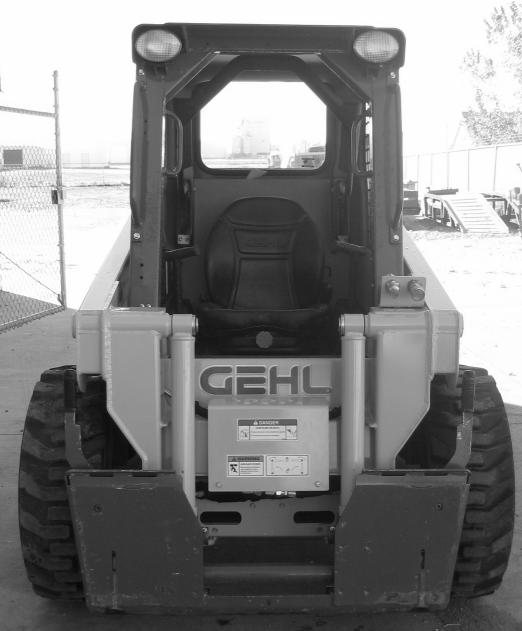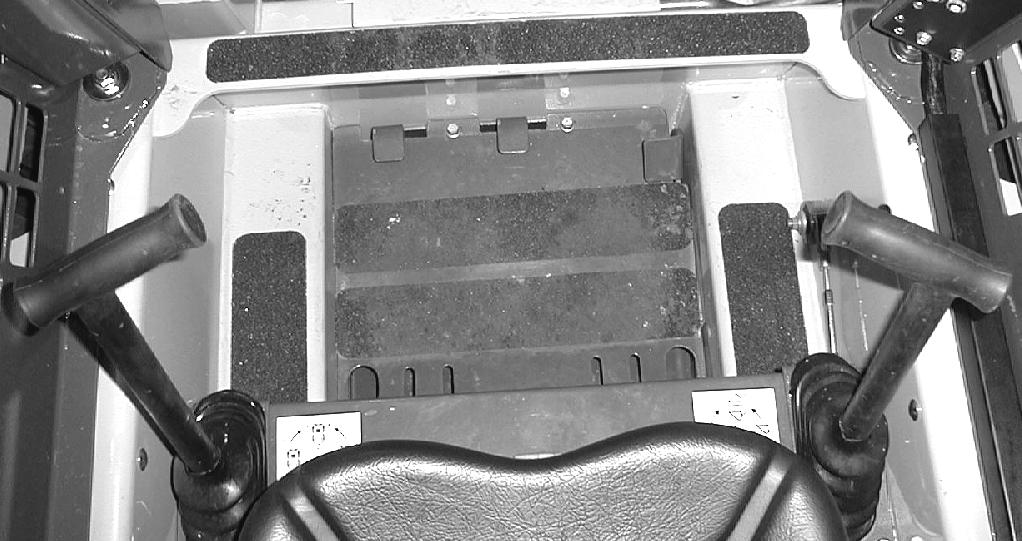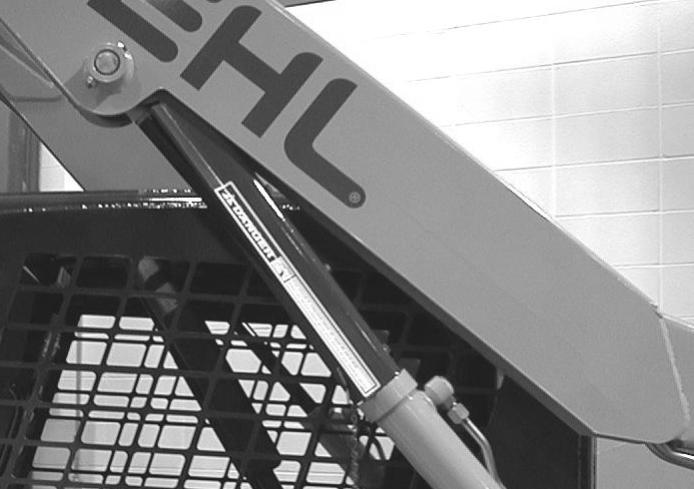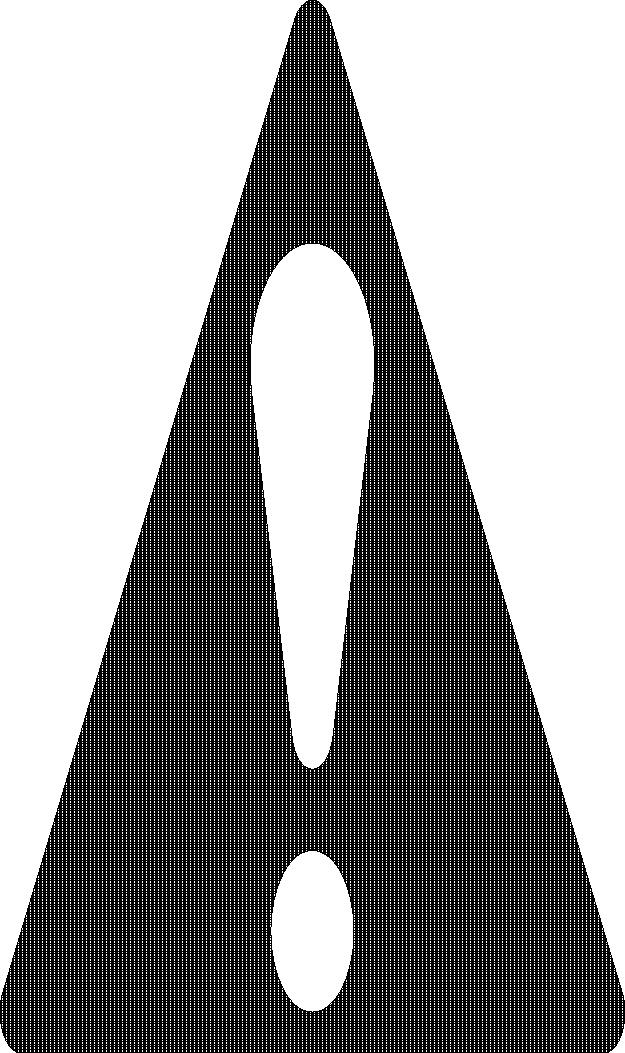
1 minute read
Table of Common Materials and Densities
from Gehl SL3640E SL3840E (EU) SL4240E SL4240E (EU) Skid-Steer Loaders Operator's Manual 917334-E0819
Note: The densities listed are average values and intended only as a guide for bucket selection. For a material that is not in the table, obtain its density value before selecting the appropriate bucket.
Bucket Selections
To use the table, find the material name and see what its maximum density is. Then, multiply the loader rating of the attachment by the material density to determine if the attachment can safely be used. See page 77 for a listing of attachments and their loader ratings.
Note: Where the material density is listed as a range (snow at 15-50 lbs./ft3, for example), always use the maximum density (50 lbs./ft3 in this example) for making calculations. Also, see the following examples.
Example 1: If snow (density of 15-50 lbs./ft3) is to be hauled using a 3640E/3840E model loader using Dirt/Construction Bucket, the bucket capacity is 10.5 ft3 and the loader rating is 1050 lbs. Multiply the density of snow (50 lbs./ft3) by the capacity of the bucket (10.5 ft3) to achieve the weight being carried (50 lbs./ft3 x 10.5 ft3 = 525 lbs.). This number is less than the machine rating, so you could safely use this bucket in this application.
Example 2: If potash (density of 1088 kg/m3) is to be hauled using a 3640E/3840E model loader using a 0.3 m3 Dirt/Construction bucket, the bucket capacity is 0.3 m3 and the loader rating is 612 kg. Multiply the density of potash (1088 kg/m3) by the capacity of the bucket (0.3 m3) to achieve the weight to be carried (1088 kg/m3 x 0.3 m3 = 326.4 kg). This number is less than the machine rating, allowing safe use of this bucket in this application.







